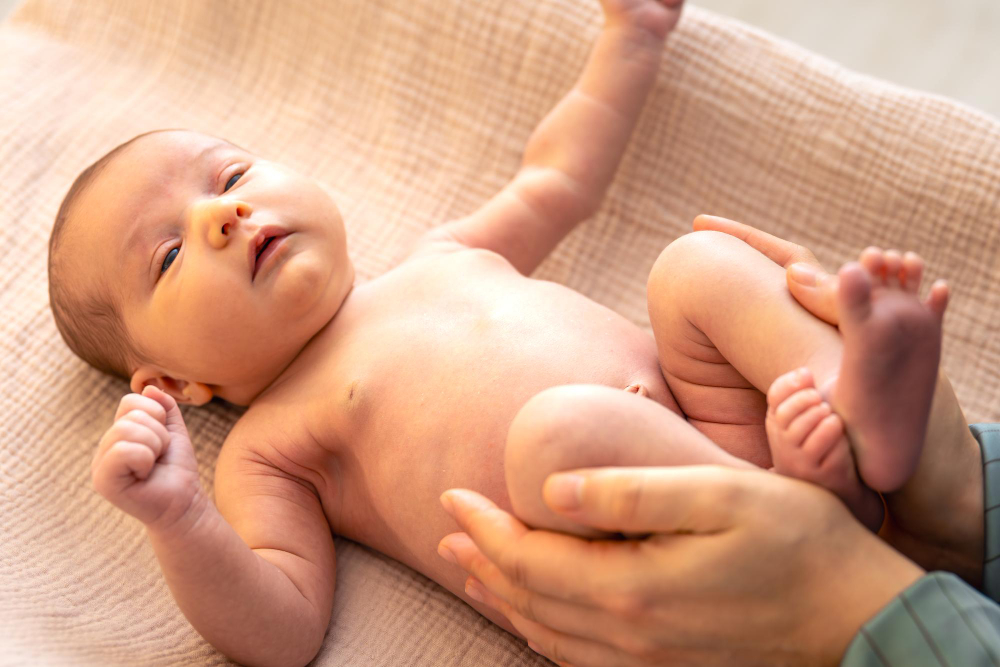Newborn reflexes are natural movements that babies show soon after birth. These baby reflexes, also called infant reflexes or primitive reflexes, help your child adjust to life outside the womb. Understanding newborn reflexes can help parents know what to expect and spot normal infant reflexes. In this guide, we will explain the types, importance, and timelines for these early movements.
What Are Newborn Reflexes?
Newborn reflexes are automatic actions that babies do without thinking. For example, when you touch a baby’s cheek, they may turn their head and open their mouth. These reflexes are present at birth and show that the baby’s brain and nerves are working well. In fact, doctors often check these reflexes to see if a baby is healthy. Most of these movements fade as your baby grows and learns new skills.
Common Types of Newborn Reflexes
There are several key reflexes that most babies show. Each one has a special role in early life. Here are the most common types:
Why Are Newborn Reflexes Important?
Newborn reflexes play a big role in your baby’s early growth. For instance, the rooting and sucking reflexes help with feeding. The grasp reflex helps babies hold onto things. These movements also show that your baby’s brain and nerves are developing well. In addition, doctors use these reflexes to check for normal infant reflexes and spot any problems early. If a reflex is missing or does not fade at the right time, it may signal a health issue.
When Do Newborn Reflexes Disappear?
Most newborn reflexes fade as your baby grows. Here is a simple timeline for when common reflexes usually disappear:
However, every baby is different. If you notice a reflex lasting much longer or not appearing at all, talk to your doctor.
When to Seek Medical Advice
Most babies show normal infant reflexes. Still, there are times when you should seek help. Watch for these signs:
If you notice any of these, contact your pediatrician. Early care can help if there is a problem.
Tips for Parents
Supporting your baby’s reflex development is simple. Here are some tips:
Above all, remember that every baby is unique. If you have concerns about your baby’s reflexes, consult a pediatrician for personalized advice.

